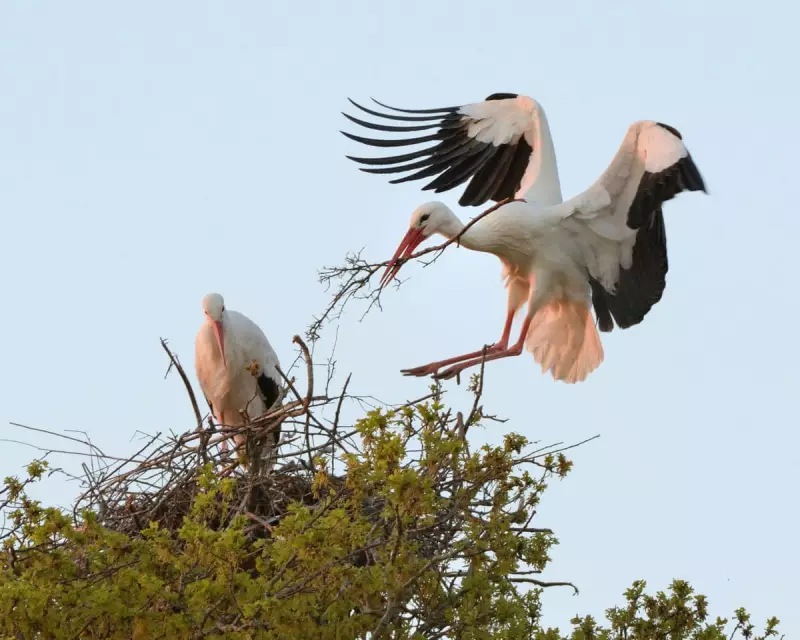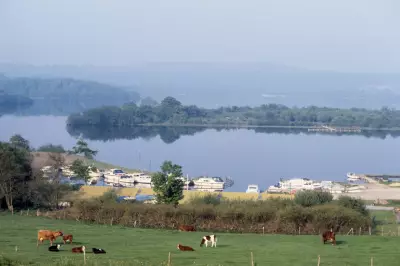
A pioneering rewilding project is set to assess whether white storks could once again grace the skies of London, centuries after their disappearance from the UK. The initiative, led by conservationists, aims to evaluate the feasibility of reintroducing these majestic birds to the capital.
A Symbolic Return
White storks, with their striking black-and-white plumage and impressive wingspans, were once a common sight in Britain before hunting and habitat loss drove them to extinction as a breeding species. Recent successful reintroductions in southern England have sparked hopes that London could become their next home.
Why London?
The study will examine several key factors:
- Availability of suitable nesting sites on rooftops and parks
- Urban food sources including insects and small vertebrates
- Public acceptance and potential for eco-tourism
- Climate suitability in a warming urban environment
Conservationists highlight that storks could help control pest populations while becoming a visible symbol of urban wildlife recovery.
Learning from European Success
Many European cities have thriving stork populations that coexist with urban development. The study will draw lessons from these examples while adapting strategies for London's unique environment.
Early proposals suggest starting with a small pilot population that could gradually expand if the birds adapt successfully to city life.
Ecological Benefits
Beyond their cultural significance, white storks offer several ecological advantages:
- Natural pest control through their insect-heavy diet
- Nutrient cycling from their nesting activities
- Indicator species for urban ecosystem health
The feasibility study is expected to take 12-18 months, with potential trial releases possible within three years if findings are positive.





